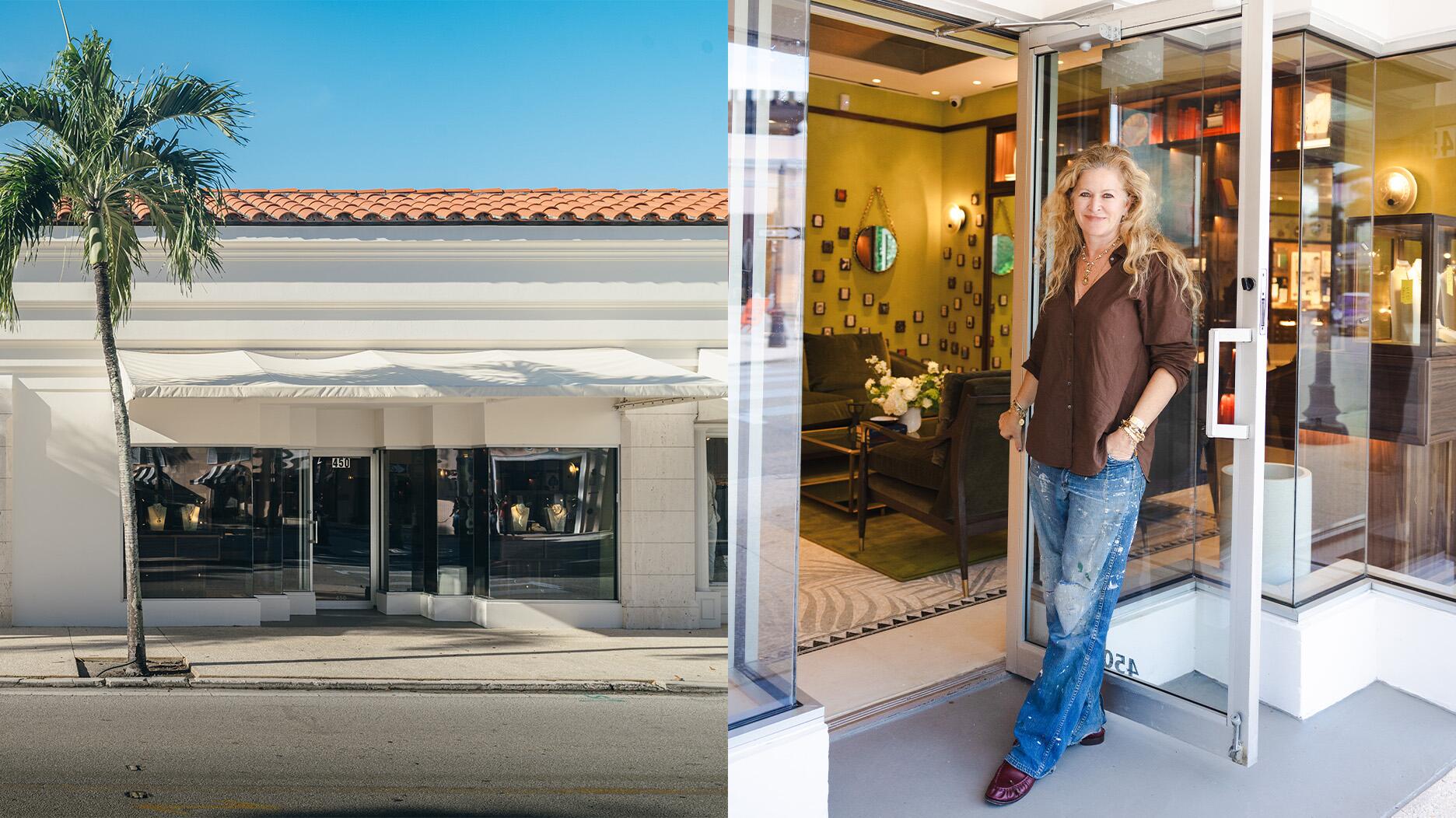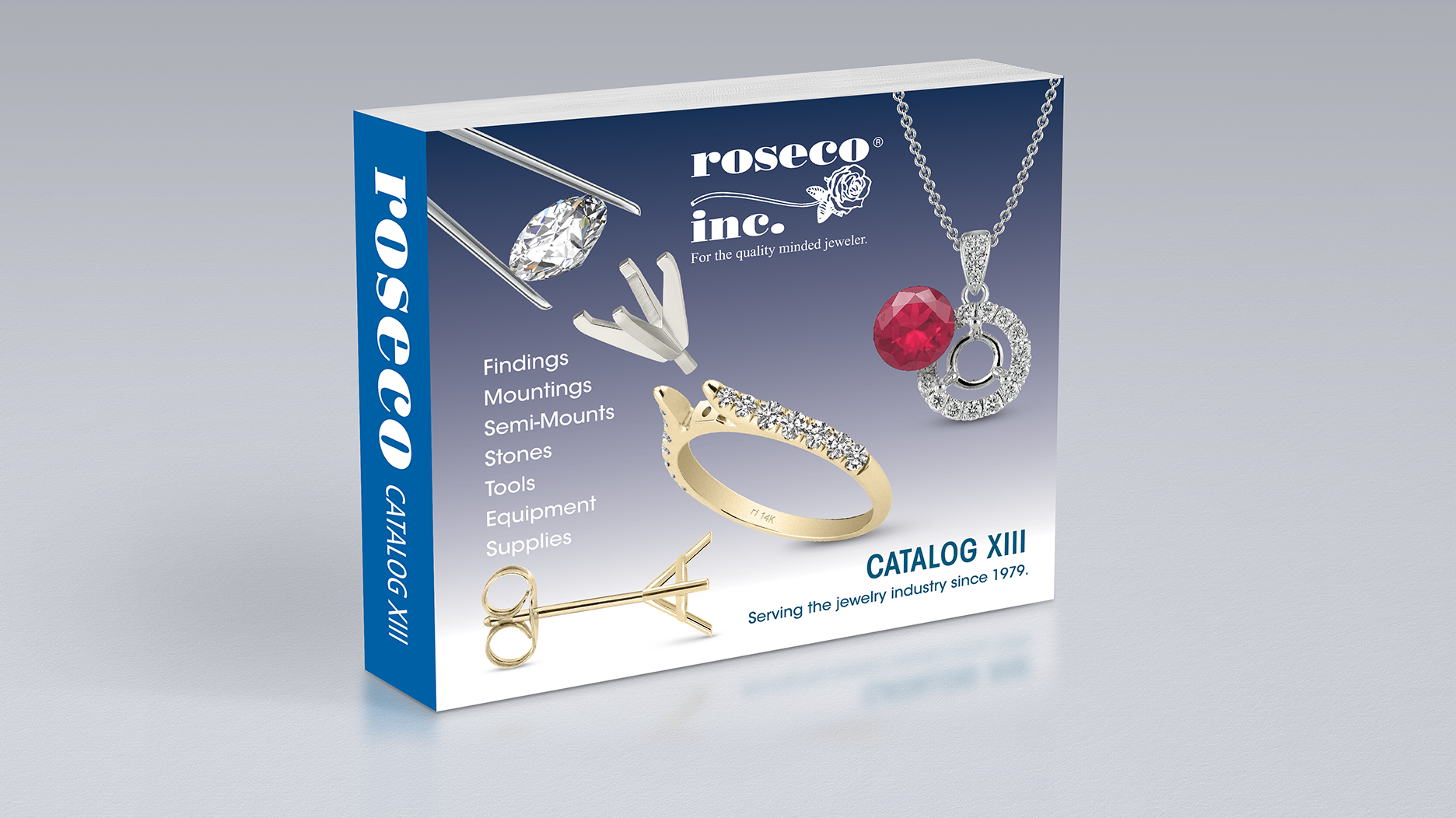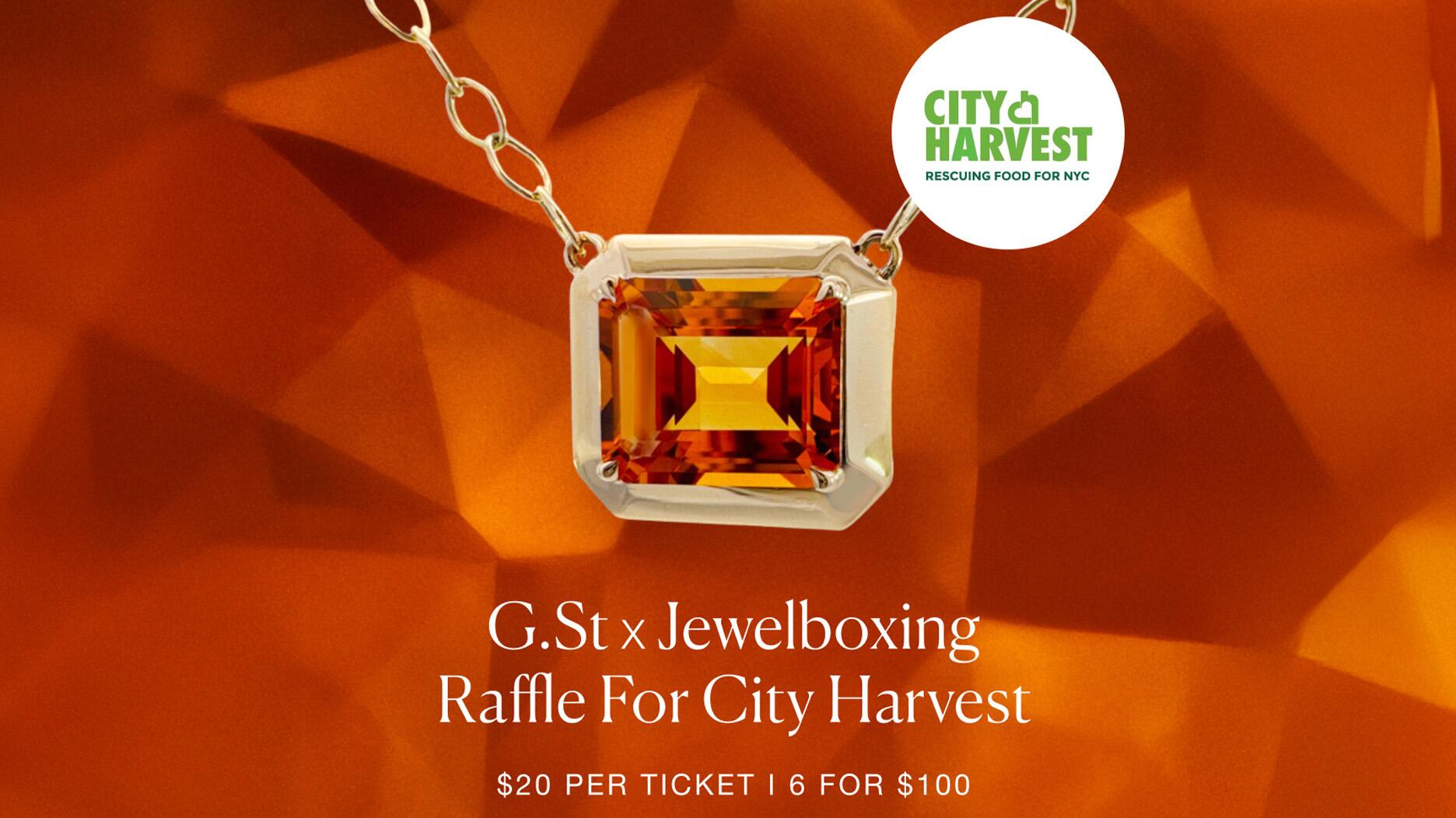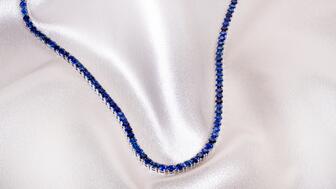At the 2025 World Series, the Los Angeles Dodgers’ Yoshinobu Yamamoto sported a custom necklace made by California retailer Happy Jewelers.
Is “The Show” Over? Is Retail Dead?
The state of retail is changing, but the traditional retail experience could still live on.
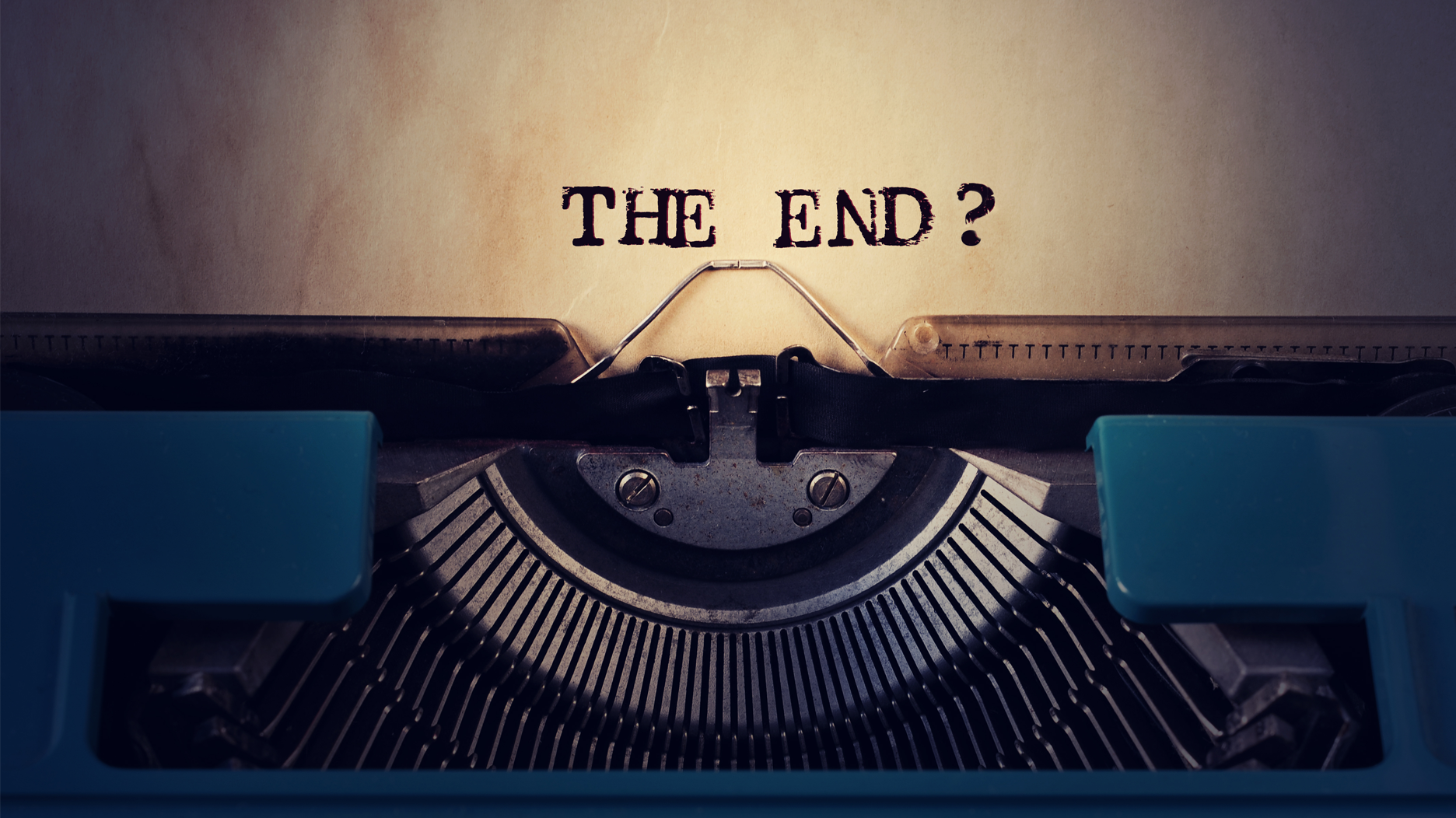
Brought To You By Merit Diamond
“It’s the end of the world as we know it,” a line that anyone born before 1990 probably knows all too well. This was a time when retail space was king, catalog shopping was the closest equivalent to today’s online shopping and industry conferences were critical to meeting new customers and expanding brand exposure.
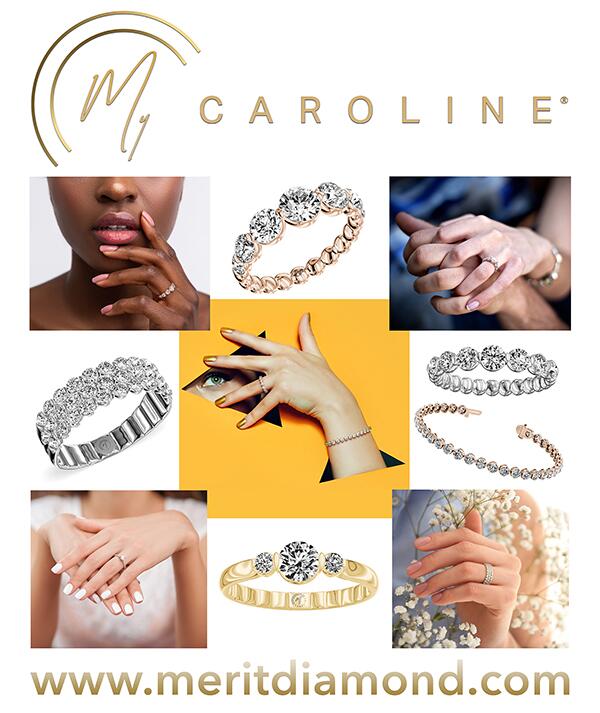
Now more than ever, consumers have prioritized convenience. Our ability to live, work, play and shop without leaving home has never been so easy. We can’t keep turning a blind eye to the times as they are definitely "a changing."
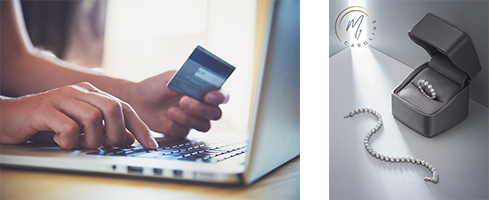
Remember when most of us raised an eyebrow at the launch of Bluenile.com? Who in their right mind would buy such a luxury item, one that a professional jeweler needs to examine without seeing and touching it first? How would the average consumer, who knows very little about gems, know how to go about buying a stone without help from a knowledgeable salesperson?
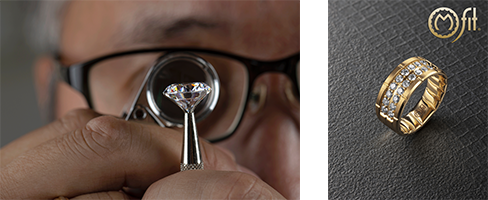
As online jewelry sales continue to rise and Amazon continues taking over the world, the future of traditional retail has been called into question. The COVID-19 pandemic has accelerated this line of questioning, as continuous lockdowns and genuine health rise has increased the average consumer’s reluctance to visit brick-and-mortar retail.

The truth of the matter is that while online shopping has undoubtedly changed the retail landscape, it has not and will never completely replace the traditional retail experience. One thing that companies like Apple have taught us over the years is that in order to survive and be more than “just another store,” brands need to sell a lifestyle and create a retail experience. Product quality is important, but at the end of the day, no matter how high tech or luxurious the design, a positive retail experience that is long lasting with the customer is achieved via service and trained sales professionals, aka people, the right people, and the personal experience is something that is much harder to replace via digital.

The longevity of the traditional retail experience is a factor of human psychology and the proof is in the pudding. When COVID restrictions began easing up, even with customers facing financial uncertainty, they flooded malls and stores seeking luxury products - not everyday necessities. Even Amazon is opening brick-and-mortar stores! The high you get from the online retail experience does not compare to the physical one. Getting to touch and feel and try on, speaking to a knowledgeable person who understands what you are looking for and knows their business, these things are priceless, especially when making an expensive purchase.

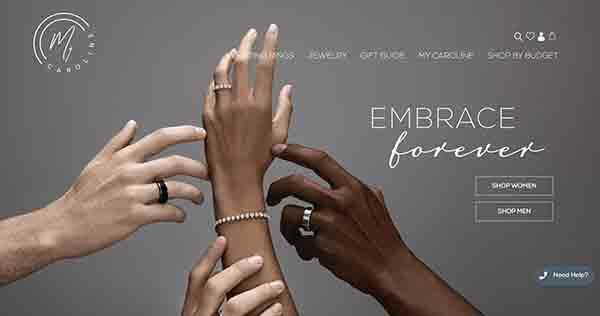
When Merit Diamond, a company that has been a leader in the jewelry industry for over four decades, decided to launch their latest brand, My Caroline, they wanted to create a full-dimensional brand. “We wanted the brand to really represent what we have been known for, innovative and beautiful jewelry that can be worn on the red carpet but that can also be worn comfortably in real life. ‘From your grandest day to your everyday.'
"And we wanted our entire brand to represent that, online and in retailers. We made sure to launch the brand online, but for us the true experience can only be achieved in-store and in-person, when you not only see the pieces, but try them on and see how comfortable they feel, especially in comparison to others," says Scott Rosen of Merit Diamond Corporation.
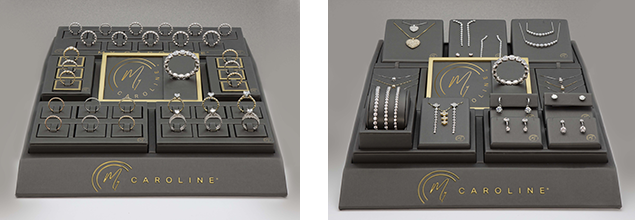
When it comes to big and important purchases, people will almost always prefer to have a chance to ask questions, touch, feel, see and understand what it is that they are purchasing – in person. Until virtual reality becomes so advanced that you can actually visit a virtual store without leaving your home, there will still be a need for "live" retail.
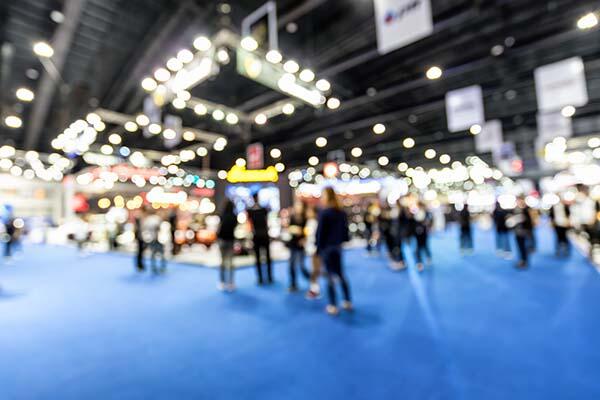
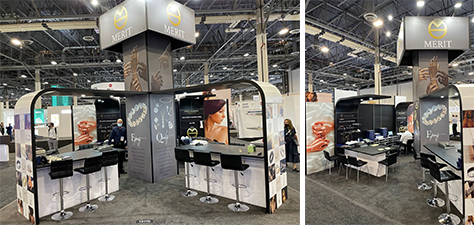
Like in every business, things need to pivot and reinvent themselves with the times in order to be relevant – but that doesn’t mean it’s a death sentence, just a chance to get to work, be creative and adjust the formula. Once upon a time it may have been enough just to have a store with the right product and location or a booth at a convention; but now, as the average consumer’s attention span continues to diminish and they become harder to impress, getting a customer’s attention takes a lot more effort. Consumer interaction needs to be thoughtful and worthwhile.
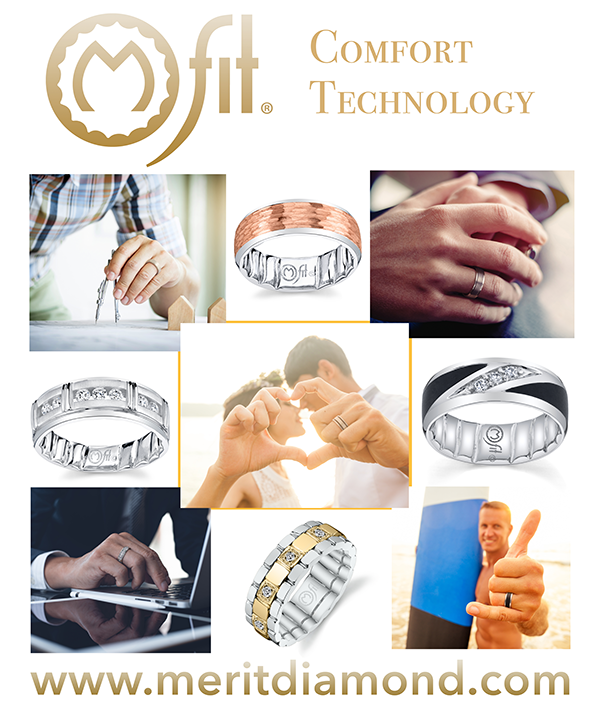
At the end of the day, with all the changes and advances in this industry and stimuli-facing consumers, people are people. And sometimes to move forward, the key is to get back to the basics.
What do I want to feel when walking into a store and when arriving to a convention? Seen, taken care of, important. Maybe if we master these basic consumer needs, the rest will fall into place.
The Latest
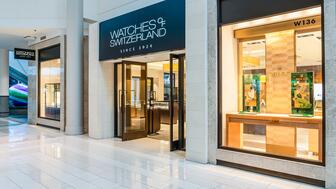
The retailer also shared an update on the impact of tariffs on watch customers.
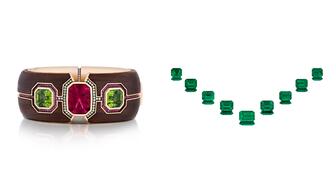
Pink and purple stones were popular in the AGTA’s design competition this year, as were cameos and ocean themes.
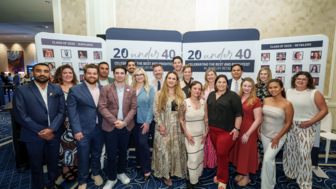
From educational programs, advocacy, and recent MJSA affiliation, Jewelers of America drives progress that elevates businesses of all sizes.

Courtney Cornell is part of the third generation to lead the Rochester, New York-based jeweler.


De Beers also announced more changes in its upper ranks ahead of parent company Anglo American’s pending sale of the company.

Former Signet CEO Mark Light will remain president of Shinola until a replacement for Ulrich Wohn is found.
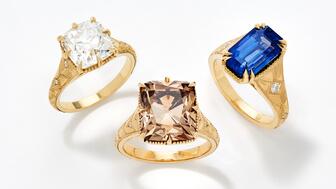
Kindred Lubeck of Artifex has three rings she designed with Anup Jogani in Sotheby’s upcoming Gem Drop sale.
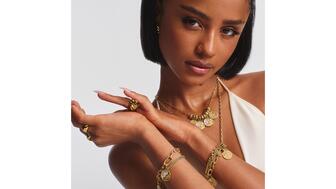
The company focused on marketing in the third quarter and introduced two new charm collections, “Pandora Talisman” and “Pandora Minis.”
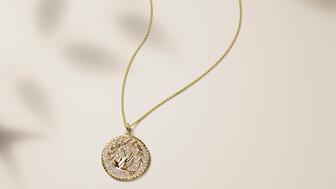
The jewelry retailer raised its full-year guidance, with CFO Jeff Kuo describing the company as “very well positioned” for the holidays.

Ahead of the hearing, two industry organizations co-signed an amicus brief urging the court to declare Trump’s tariffs unlawful.
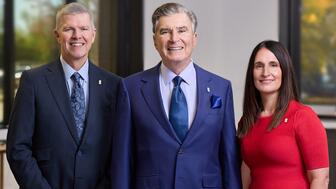
Stuller COO Belit Myers will take on the additional role of president, with all changes effective at the start of 2026.

Smith cautions retailers against expending too much energy on things they can’t control, like the rising price of gold.
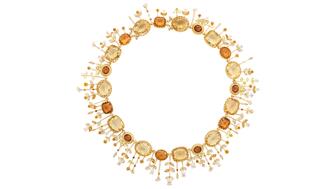
Citrine and topaz are birthstones fit for fall as the leaves change color and the holiday season approaches.

The family-owned jeweler will open its fourth store in Florida in late 2027.

The NYPD is looking for three men who stole a safe and jewelry valued at $3.2 million from the home of a jeweler in Jamaica Hills, Queens.
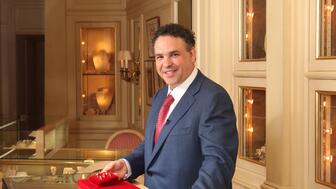
The trade organization also announced its executive committee and five new directors.

The “Have a Heart x Diamonds Do Good” collection is championed by model and humanitarian Flaviana Matata and will benefit her foundation.
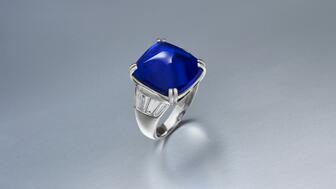
The ring, set with a nearly 17-carat Kashmir cabochon sapphire, sold for $1 million.
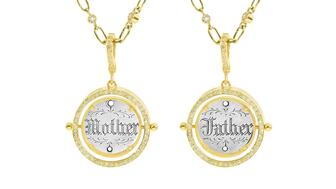
This “Mother Father” spinner necklace from Heavenly Vices Fine Jewelry draws inspiration from Victorian Era jewelry.

The suspects were rounded up in Paris and its suburbs on Wednesday night, but none of the stolen jewels were recovered with them.

Experts share top tips on how to encourage positive reviews and handle negative feedback.
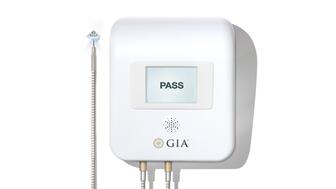
Sponsored by the Gemological Institute of America
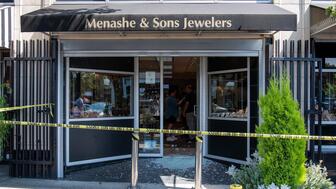
The suspect faces charges in the August robbery of Menashe & Sons Jewelers and is accused of committing smash and grabs at two pawn shops.
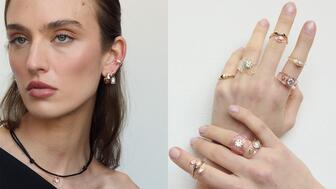
The “Lumière Fine” collection was born from designer Alison Chemla’s interest in the transformative power of light.
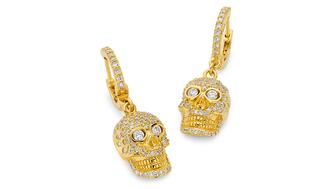
Show off your spooky side with these 12 festive jewels.









